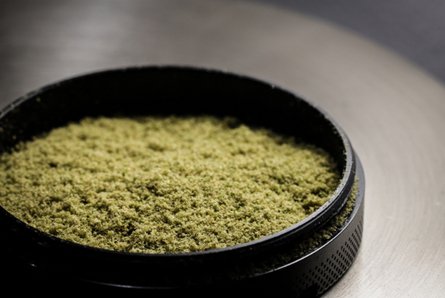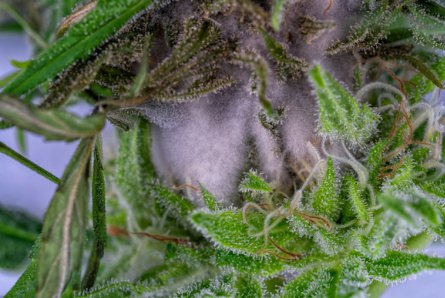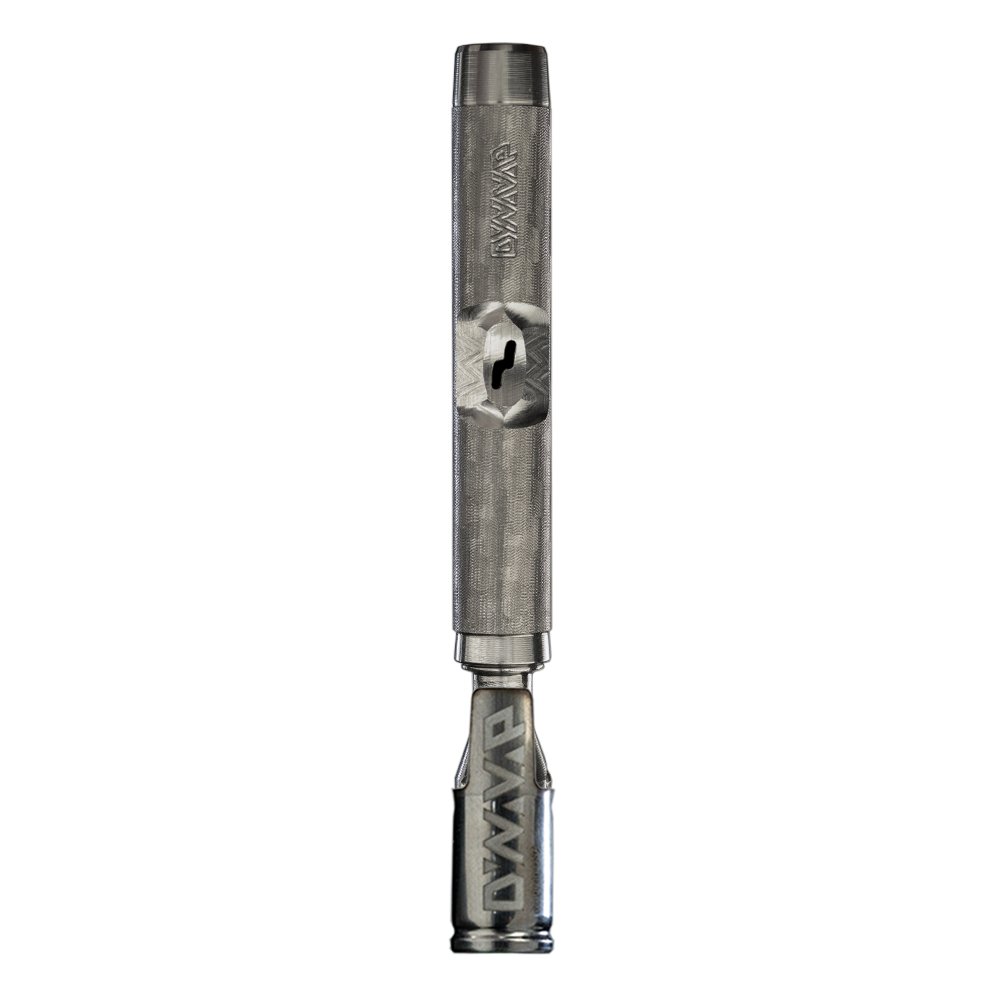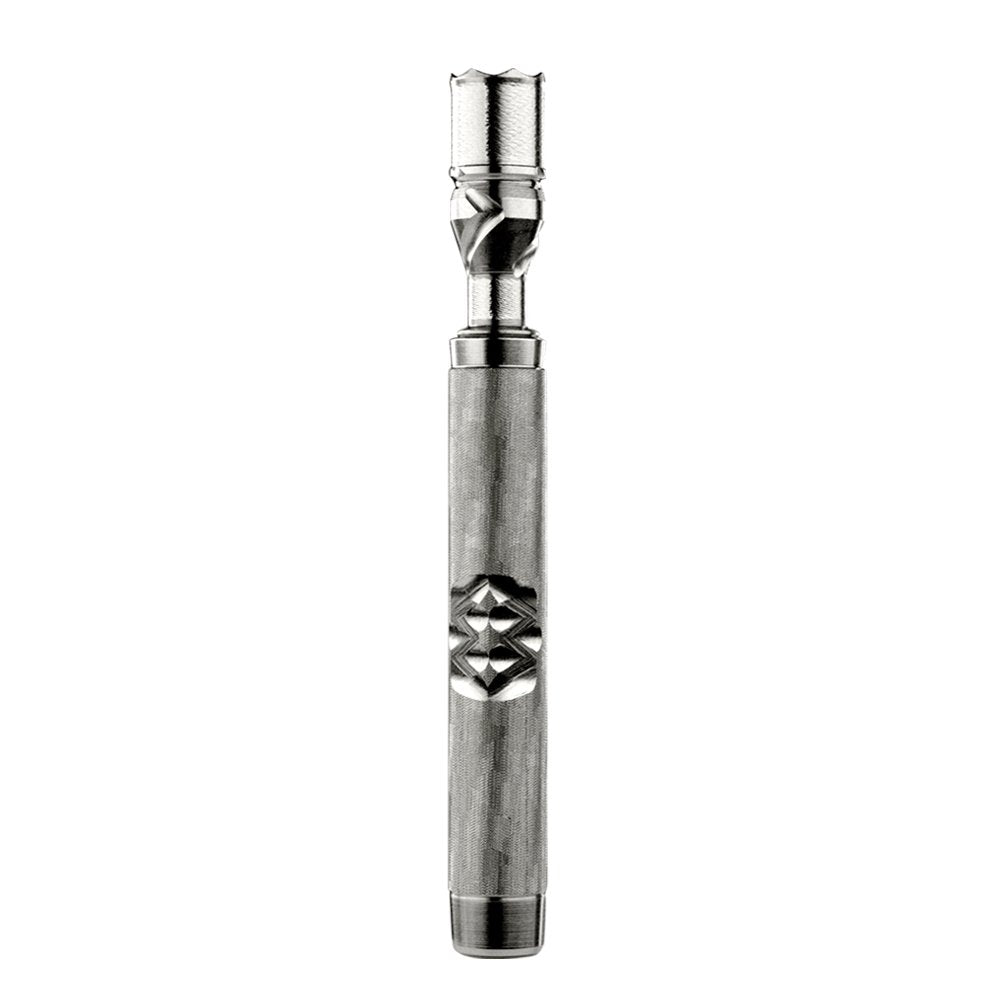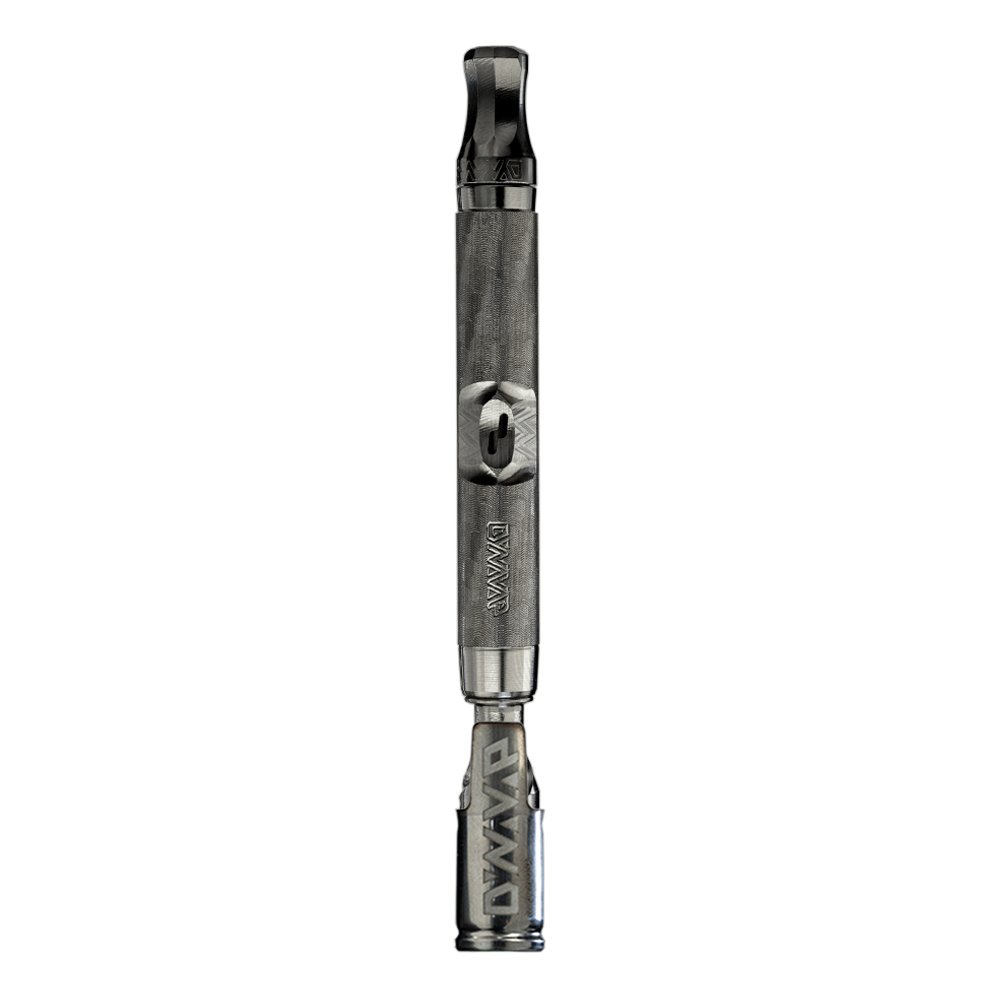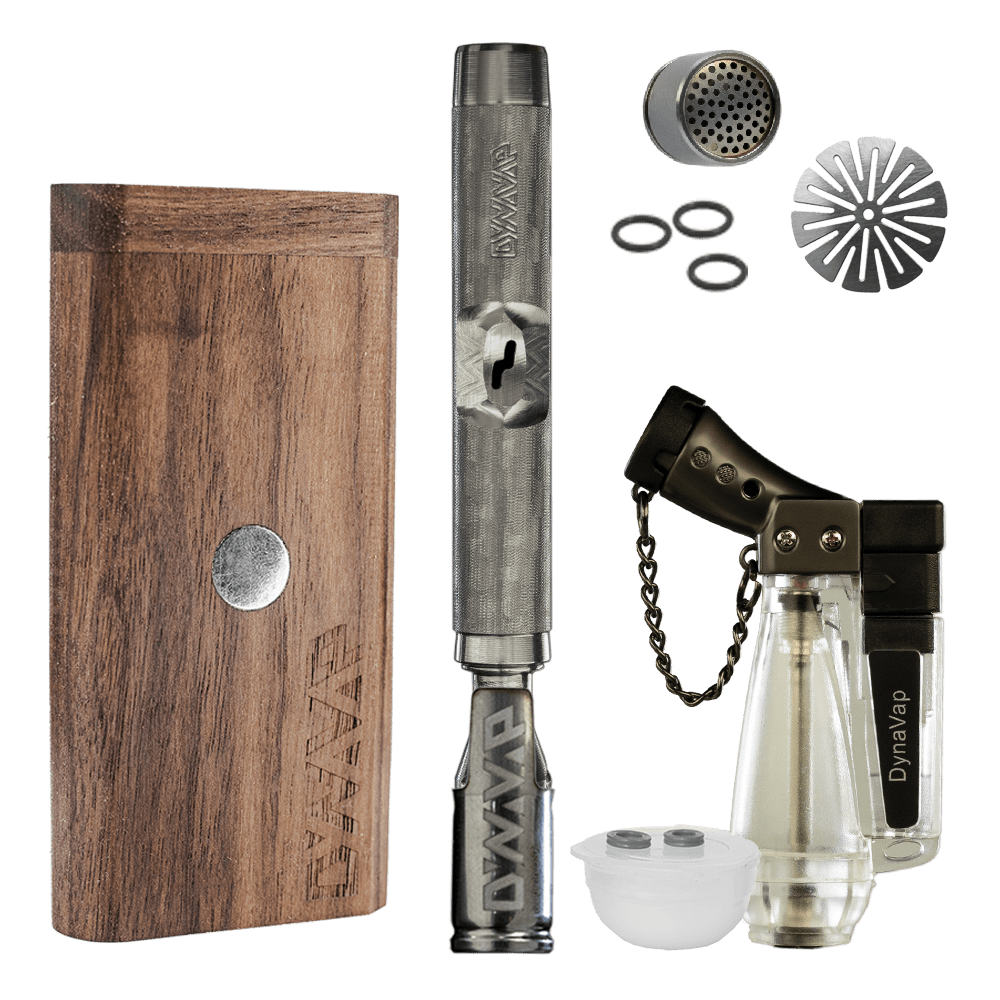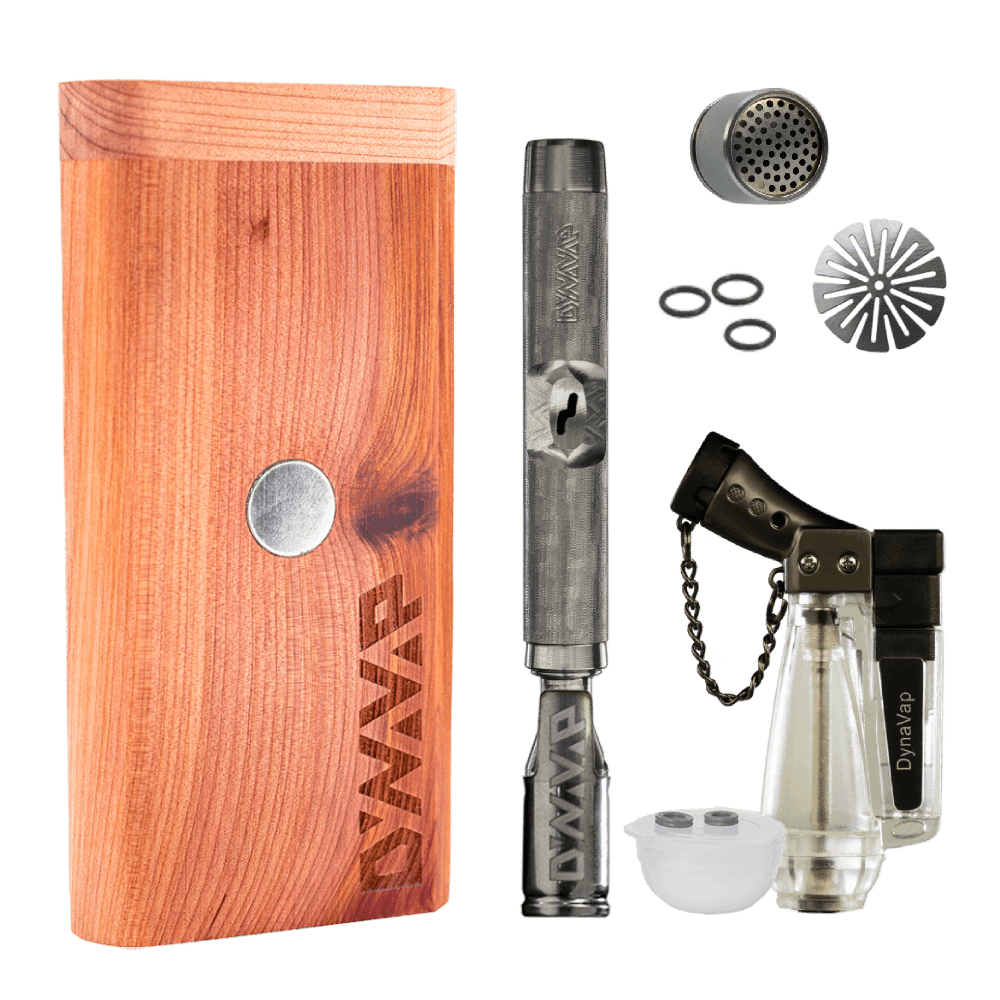When most of us think of lavender, fields of luscious purple buds gently rippling in the breeze probably come to mind. Lavender is renowned for its profoundly calming aroma and relaxing effects, and is commonly used to infuse bath salts, as an essential oil, or as a lavender tea infusion.
While the idea of smoking lavender may feel a little unfamiliar, there’s an abundance of reasons to think about vaping or smoking this versatile plant. Not only does it have a phenomenal fragrance, but it also has unique therapeutic benefits to impart.
What Is Lavender?
Lavender is a flowering shrub that’s actually a member of the Lamiaceae, or mint family. Botanists believe that the distinctive flower originally hails from the Mediterranean, Middle East and India, although nowadays, this hardy plant is found in corners all over the globe.
Records of lavender date as far back as 2,500 years, with the word ‘lavender’ derived from the Latin root word, lavare, which means to wash. Lavender may have earned this name because it was often used in baths to help purify the body. However, lavender flower was also used in other myriad ways: as a holy herb in rituals and sacraments, to imbue clothes and hair with a sweet floral scent, and as a medicinal herb for ailments as diverse as acne, eczema, fungal infections, muscle and joint pain, insomnia, anxiety, depression and fatigue.
Many people observe that lavender produces calming, soothing, and sedative effects when its scent is inhaled. There’s a good reason for this. Research has confirmed that lavender’s relaxing therapeutic benefits are due in part to a particular aromatic compound–a terpene called linalool. Terpenes are naturally-occurring chemicals found in plants. They’re responsible for their aromas, flavors and even colors, and so are often used in perfumes, soaps, detergents and essential oils. Linalool is responsible for lavender’s subtle floral scent.
Research nowadays tells us that lavender boasts a number of healing properties. First and foremost, lavender is one of the most powerful natural anxiolytic (anxiety-relieving) compounds on the planet. Lavender buds also boast anti-microbial, anticancer, antioxidant and anti-inflammatory properties–plus it’s a natural insect repellent!
Benefits of Smoking Lavender
Dried lavender can claim several benefits over smoking tobacco. Unlike tobacco, lavender doesn’t contain nicotine, a naturally-occurring chemical that is also highly addictive. For individuals who are seeking the stress-relieving, mood altering effects of a smoke that’s nicotine-free, lavender could represent a viable alternative. Lavender doesn’t contain any intoxicating compounds like THC in cannabis either, which means you can't get high when you smoke it.
Dried lavender also boasts another noteworthy advantage over cigarettes-it’s free from harmful additives. Tobacco cigarettes contain additives that typically produce dozens of harmful chemicals, such as hydrogen cyanide, formaldehyde, lead and arsenic. Lavender cigarettes made from dried lavender (and other herbs) do not contain these carcinogenic compounds. However, it’s important to be clear that herbal cigarettes do still produce smoke that contains carbon monoxide, which can be harmful to health over time.
Although there’s a lack of scientific studies about smoking lavender, data is available that shows inhaling lavender and lavender aromatherapy may offer therapeutic benefits. Inhalation carries the beneficial compounds present in lavender (such as linalool) into the lungs where they can enter the bloodstream more rapidly. Aromatherapists use lavender inhalation therapy to treat headaches, disorders of the nervous system, mood disorders, anxiety, stress, and fatigue.
One study showed that inhaling lavender oil can help ease anxiety prior to surgical procedures. Other research has found that inhaling lavender oil may help to ease pain. In this particular study, fifty people who underwent breast biopsy surgery received either oxygen alone, or oxygen supplemented with lavender oil. Those who received lavender oil experienced better pain control than those who received just oxygen.
Another research study exploring the effects of lavender on emotional states, the autonomic nervous system and brain electrical activity discovered that those who inhaled lavender oil experienced a significant decrease in blood pressure, heart rate and brain wave activities. These physical signs are representative of a chilled-out mind and body that is in a parasympathetic state.
Finally, there’s also evidence demonstrating that lavender aromatherapy can deliver sedative effects, promoting sleep. If you’re seeking a smoke or vape experience that helps to soothe, release anxiety, and usher in sleep, lavender could be your new go-to.
How to Smoke Lavender with a Dry Herb Vaporizer
As explored above, there’s some promising evidence that points to the benefits of inhaling lavender using vapor. Like inhalation therapy, dry herb vaping also allows you to draw the beneficial compounds deeply into the lungs, without the irritation and inflammation that can accompany smoke.
Instead of burning the dry herb material, vaporizers heat the plant material in a chamber that releases its active ingredients in the form of vapor rather than smoke. There’s no acrid odor, and the experience is free of the toxins that can arise as a result of flame combustion.
Dry herb vaporizers are designed to handle dried plant products, like lavender buds. DynaVap has a range of dry herb vaporizers, such as the Omni series, that are super easy to use, portable, discreet, and ultra-efficient.
If you’re curious about experimenting with smoking lavender using a dry herb vaporizer, here’s how to do it.
- For the best results, grind your lavender. You can use a DynaVap device’s built in grinder or just your favorite grinder. The level of grind (fine or coarse) may depend on the vaporizer. Conduction vaporizers, for example, perform better with a fine grind, while convection vaporizers are better with a coarse grind. If in doubt, go with a medium grind. It’s also possible to blend herbs–if you want to mix it up a little, add another plant of choice to personalize your herbal blend. Mullein, red raspberry leaf, or damiana make for a great, light fluffy base. Options like peppermint, basil or rosemary all offer strong hits of flavor. Get creative!
- Fill your vaporizer with the ground mixture. Conduction vaporizers should be filled to the top and tightly packed. Convection or hybrid vaporizers are the opposite–they should be packed loosely, and then gently pressed into the oven part so it’s flush with the rim.
- Heat your DynaVap dry herb vaporizer until you hear a click. DynaVap vaporizers require no batteries or electronics to work. Any heat source like a butane lighter torch will work.
- Inhale and enjoy! Once your vaporizer reaches the desired temperature, get ready for your first hit! Take a slow, draw deeply in for about seven to ten seconds, then gently exhale.
- Turn the power off and clean your vape. Allow the device to cool for a few moments. If you’re saving some lavender for later, it’s all good to leave it. If your lavender is spent, take a cleaning brush and gently remove the used material from the oven while it's still warm. This prevents any oil or residue from sticking to the oven, so you don’t have to deep clean so frequently.
Which Herbs Can You Smoke?
Now that you’ve experimented with the calming effects of lavender, chances are you’re curious about smoking other herbs. The good news is that the list of herbs that can be dried and smoked is extensive (not to mention, it reads like a list of ingredients for a magical potion).
While some herbal products could be purchased at a dispensary or vape store, many could be sourced from your garden at home and then dried out. Harvesting, drying, and storing herbs for smoking or other uses isn’t difficult–as long as you follow some simple steps. The key is to avoid drying plants out in places that are overly warm and damp, as this provides an ideal environment for mold to form
It’s also helpful to know that you’re not confined to smoking just one herb–you can develop your own herbal smoking blend. However, blending herbal mixtures is somewhat of an art form. Ideally, you should ensure you have a carrier herb or base that doesn’t burn too quickly, herbs with a supporting role, and herbs that add flavor and dimension.
Here’s a list of smokable herbs you might be interested in trying out:
- Blue lotus
- Mugwort
- Chamomile
- White sage
- Rose petals
- Basil
- Catnip
- St John’s Wort
- Hyssop
- Thyme
- Marshmallow
- Lobelia
- Passionflower
- Skullcap
- Angelica
- Spearmint
- Anise
- Blackberry leaf
- Willow bark



